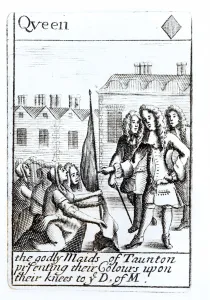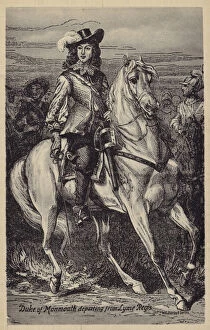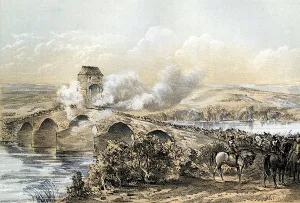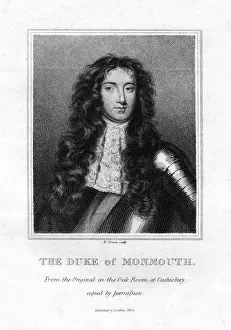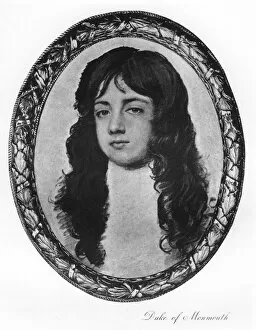James Scott Collection
James Scott, a prominent figure in British history, was known for his involvement in the events surrounding the Morning of Sedgemoor in 1685
All Professionally Made to Order for Quick Shipping
James Scott, a prominent figure in British history, was known for his involvement in the events surrounding the Morning of Sedgemoor in 1685. This significant event is depicted in various artworks such as "The Morning of Sedgemoor" by Edgar Bundy and "Execution of James Scott, 1st Duke of Monmouth, in London" which showcases the tragic end to his life. Born in 1649, James Scott held titles such as Duke of Monmouth and Buccleuch. His portrait from around 1675 captures his noble stature and influence during that time. However, despite his high status, he faced a grim fate when he was executed on July 15th, 1685 at Tower Hill. The woodcut illustrations depicting this beheading serve as haunting reminders of this dark chapter. Interestingly enough, James Scott's legacy extended beyond historical events. In an engraving titled "Duke of Monmouth, " we see him portrayed with dignity and authority. Another engraving presents him simply as James Scott himself - a man whose actions left an indelible mark on British history. In later years, artists like Inigo Jones Esq. , The Honorable Henry Fane, and Charles Blair Esq. , paid tribute to James Scott through their works. Their piece from 1824-1899 serves as a testament to his enduring presence even long after his death.




